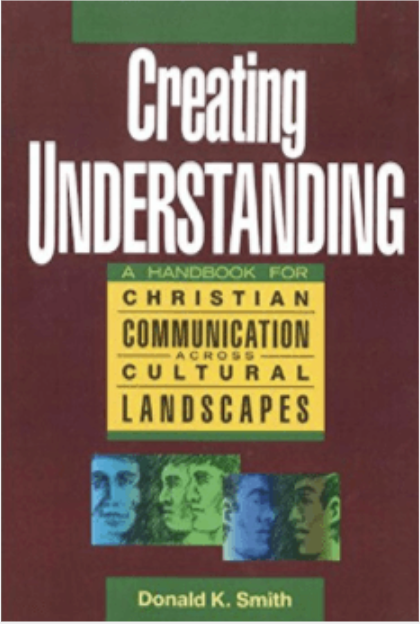Lesson 9 | Crossing cultures
Translating the word
Teaching other peoples
We talked about the need to translate the Word into our context and culture to make it understandable. In this lesson, this aspect goes on steroids.
Bridging one cultural divide is certainly a challenge. But we are now talking about two divides. First off, the scriptures were written in a different culture than our own and so we must cross a culture to get at their meaning. That is the first divide. Cross-cultural teaching then adds a second divide as we attempt to communicate the Bible in a context in which we did not grow up.
Of course our ultimate aim includes bringing those we teach all the nearer to the culture of the scriptures so that they might read and understand them for themselves. And this happens over time. But the way it happens is by us first incarnating the scriptures into their culture. That is how God brought us the good news and conforms us to the heavenly culture, and that is how we ought to teach others.
I say to the boastful, ‘Do not boast,’ and to the wicked, ‘Do not lift up your horn; do not lift up your horn on high, or speak with haughty neck.’
Psalm 75:4-5
For example, to understand the verses above I need to understand what a horn symbolized in ancient Israel. However, once I have understood that it was an emblem of power, dominion, glory, and fierceness, acting as the chief means of attack and defense for the animals endowed with them (paraphrased from Easton's Bible Dictionary), I am still not done. For I must now translate that over to the culture in which I am teaching. If, say, you are in Africa, this may mean exhorting your listeners to not lift up their tusks or taunt with their mane. In Canada, perhaps the comparison would be with a grizzly baring its claws.

The point is that the text may be lost in a context where the strongest animals do not wield their strength through horns. Thus, to preserve the power and meaning of the text, contextual translation is necessary.
Areas of translation
In the remainder of this lesson, we will look at key areas where a sort of translation needs to take place for cross-cultural teaching—in our choice of language, formation of illustrations and in the issues we address. This will be a very brief introduction to a very large topic. Thus, if this is the trajectory of your life, it is highly recommended that you seek out extensive training. Below are a few resources we recommend.
 Creating Understanding: Christian Communication Across Cultural Landscapes
Creating Understanding: Christian Communication Across Cultural Landscapesby Donald K Smith
Available on Kindle

